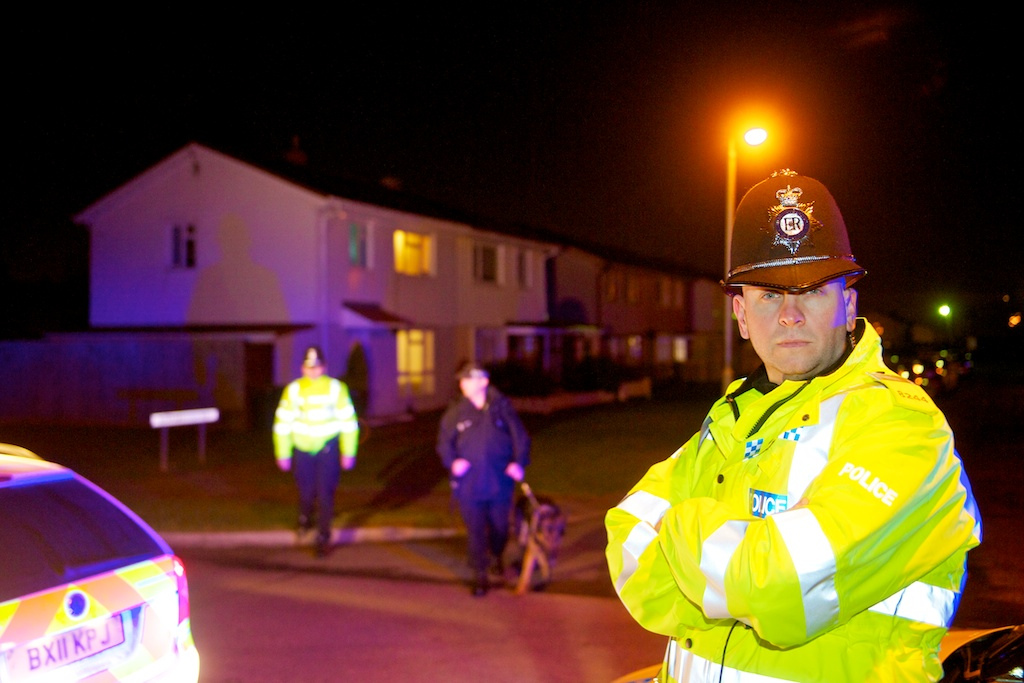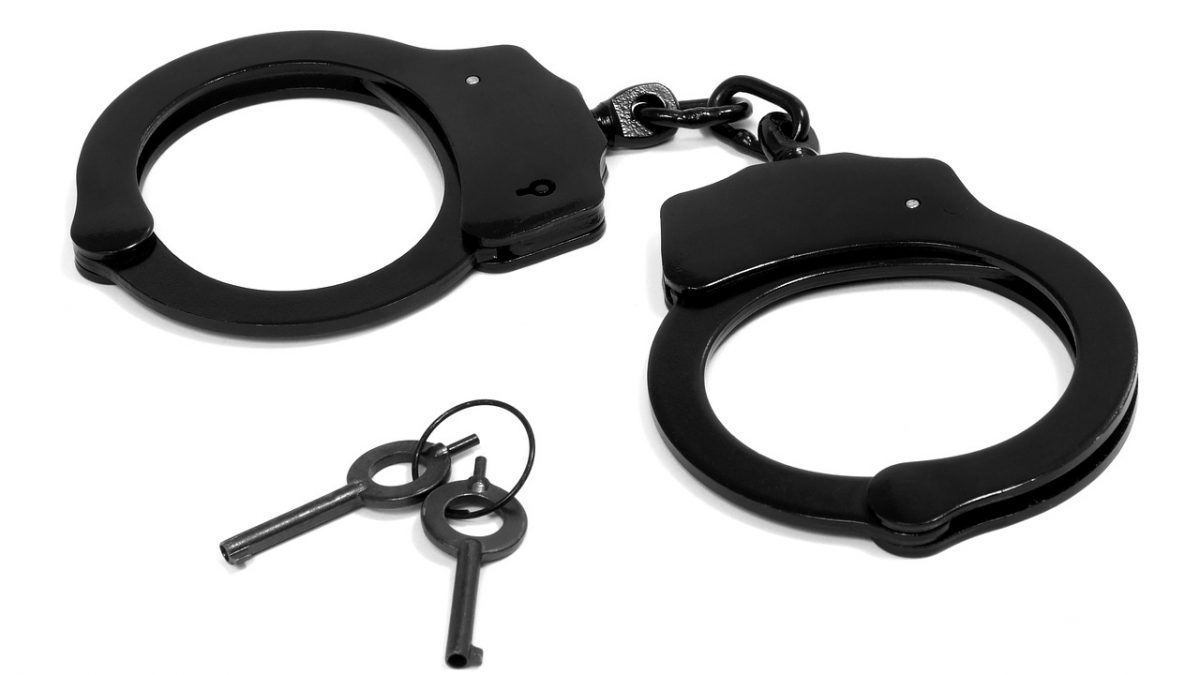
When Does Bullying Become Harassment?
July 22, 2013
The ‘Best Interest’ of a Child in Immigration Decisions
July 29, 2013The complexity of life sentencing in England and Wales is partly due to the range of different sentences currently available. The fact that Parliament sometimes changes the law relating to life sentences also contributes to how complicated this area is. This article aims to explain the categories of life sentences in England and Wales, and to which offenders they apply. The types of life sentence which shall be explored in this article are:
- whole life orders
- mandatory life sentences
- discretionary life sentences
- Imprisonment for Public Protection (now abolished)
- custody for life
- detention at Her Majesty’s pleasure
- detention for life.
Firstly, there are some concepts which need to be explained as these are central to understanding the life sentence regime in England and Wales.
Key terms
Minimum term/tariff: this is the minimum amount of time an individual must serve in prison before they can be considered for release.
Indeterminate sentence: a prisoner serving an indeterminate sentence has no automatic right to be released. When sentenced, the judge will specify the minimum term which the offender must serve before they can be considered for release from prison. An example is as follows: ‘A sentence of life imprisonment, with a minimum term of 15 years.’ What this means is that the offender must serve at least 15 years in prison before they can be considered for release. It should be noted that expiry of the minimum term does not guarantee release. Rather, release after the minimum term has passed is conditional on the offender being deemed suitable for release. In the example above, once 15 years have passed, the offender will not automatically be released from prison and in fact may be detained in custody for many more years subsequently.
Determinate sentence: a determinate sentence is one which has been imposed for a fixed term. In contrast to indeterminate sentences, offenders serving these sentences know the maximum length of their sentence.
Lifer: the term ‘lifer’ refers to an individual serving an indeterminate sentence other than a sentence of Imprisonment for Public Protection (IPP).
The Parole Board: the Parole Board is the tribunal which decides whether a prisoner serving an indeterminate sentence should be released after the minimum term has expired. When considering release, the Parole Board must be satisfied that it is no longer necessary for the protection of the public that the prisoner should be confined.
Licence: the licence is the period of sentence which is served in the community. Offenders who are subject to a licence must adhere to the rules which the licence imposes. If they do not, their licence will be revoked and the offender will be recalled back to custody. All offenders sentenced to life imprisonment are released on a life licence if they are granted parole. This means that their licence never expires, and so they will have to obey the conditions of their licence for the rest of their life. Offenders sentenced to one of the life sentences available therefore remain liable to recall for the rest of their lives.
Recall: recall occurs when an offender breaches the conditions of his licence and is returned back into custody.
Does life ever mean life?
Yes, in some cases. An offender sentenced to a whole life tariff will never be released. Others, however, who have received discretionary and mandatory life sentences may be released, but equally, may not.
Whole life orders (also known as whole life tariff)
Offenders who have been sentenced to a whole life tariff will spend the rest of their lives in prison. This is life imprisonment in the most literal sense of the term and will only be imposed when the judge decides that the requirements of retribution and deterrence can only be satisfied by the offender remaining in prison for the rest of his life. These offenders are not granted a minimum term of imprisonment and are not eligible for a Parole Board review or release.
Mandatory life sentences
A mandatory life sentence is the sentence which judges must impose on all offenders, over the age of 21, who are convicted of murder. In the sentencing of other offences, there may be some judicial discretion as to the length of sentence, depending on aggravating features or the circumstances of the offence. When an offence carries a mandatory sentence, however, the sentencing judge has no discretion to sentence the offender to an alternative.
An adult over the age of 21 who is convicted of murder will automatically receive a mandatory life sentence. This is laid down by statute in the Murder (Abolition of Death Penalty) Act 1965. This type of sentence is an indeterminate sentence, so these prisoners have no automatic right to be released. Instead, the sentencing judge will set the minimum term which must be served before the prisoner can be considered for release (for sentences imposed on or after 18 December 2003).
How is the minimum term calculated, and what happens after it has expired?
The sentencing judge calculates the minimum term. Starting points for the minimum term for murder are given in Schedule 21 of the Criminal Justice Act 2003 (as amended).
Once the prisoner has served the minimum term, they can be considered for release by the Parole Board. The question for the Parole Board is as follows: is detention of the offender still necessary for the protection of the public? If the answer to that question is yes, then the offender remains in prison until he comes before the Parole Board again. If the answer to that question is no, the prisoner may be released. Offenders serving a life sentence will remain on licence for the rest of their lives. They may be recalled to prison at any time if they breach the terms of their licence or are considered to pose a risk to the public.
Discretionary life sentences
Certain offences carry a life sentence as the maximum penalty. The offence of rape, for example, is one such offence. Although life is the maximum penalty, it is not mandatory, and so an offender may receive a lesser sentence than life for the offence of rape. This is a discretionary sentence as the judge exercises his discretion to impose the maximum penalty available for that offence. The discretionary life sentence is an indeterminate sentence, and so the individual has no automatic right to release.
Section 225 of the Criminal Justice Act 2003 provides that a discretionary life sentence may be imposed if the offender is aged 18 or over and the court is of the opinion that there is a significant risk to members of the public of serious harm. In these circumstances, if the offence is one for which the offender would be liable to life imprisonment and the court considers that the seriousness of the offence justifies the imposition of a sentence of life imprisonment, the court must impose a sentence of imprisonment for life.
When the judge decides to impose a discretionary life sentence, as with a mandatory life sentence, he must also specify a minimum term. As explained above, once the minimum term has expired, the offender comes before the Parole Board. Having heard evidence, the Parole Board decides whether the offender should be released on licence. He will only be released if the Parole Board is satisfied that it is no longer necessary to keep the offender in prison to protect the public. If an offender is released, he will be subject to a licence, and will have to adhere to the conditions of his licence. If the offender breaches the conditions of his licence, or commits a further offence, he will be recalled to prison.
Imprisonment for Public Protection (IPP)
Imprisonment for Public Protection is a form of indeterminate sentence. IPP sentences have now been abolished courtesy of the Legal Aid, Sentencing and Punishment of Offenders Act 2012. However, the changes in the law are not retrospective and currently there are over 6,500 individuals serving IPPs.
IPP sentences were created by the Criminal Justice Act 2003 and started to be imposed in April 2005. Offenders sentenced to IPP were set a minimum term that they would spend in prison. On expiry of the minimum term they can apply to the Parole Board to be released. As with other indeterminate sentences, prisoners serving an IPP sentence have no right to automatic release. The Parole Board will only direct release if satisfied it is no longer necessary for the protection of the public for the offender to be confined. If offenders serving IPP sentences are granted parole and released, they will be on supervised licence for at least ten years where they will remain liable to recall. However, IPP prisoners differ from lifers in that they may apply for the licence to be discharged after ten years.
Custody for life
Custody for life is an automatic sentence for offenders aged between 18 and 21 who are convicted of murder (Power of Criminal Courts (Sentencing) Act 2000, s 93). It is an indeterminate sentence which means that the offender has no automatic right to release and release is conditional on the grant of parole after serving the minimum term.
Custody for life may also be imposed as a discretionary life sentence for offences other than murder if the offender was over 18 at the time of conviction and meets the criteria for dangerousness under Section 225 of the Criminal Justice Act 2003.
Detention at Her Majesty’s pleasure
This sentence applies to offenders who are convicted of murder and were aged between 10 and 18 at the date that the offence was committed. These offenders must be sentenced to detention at Her Majesty’s pleasure (Power of Criminal Courts (Sentencing) Act 2000, s 90). It is an indeterminate sentence, so the offender has no automatic right to release. As with all indeterminate life sentences, release upon expiry of the minimum term is conditional on the Parole Board considering the offender suitable for release.
Detention for life
Detention for life is imposed on offenders aged between 10 and 18 who are convicted of an offence which carries a maximum penalty of detention for life and additionally meet the criteria for dangerousness as set out in Section 226 of the Criminal Justice Act 2003. It is an indeterminate sentence which means that the offender has no automatic right to release.
So when does life mean life?
As explained, an offender who receives a whole life order will never be released. There are currently only around 40 prisoners in England and Wales serving this sentence. Ian Brady, who was responsible for the notorious ‘Moors murders’ in the 1960s is one of these prisoners. Of course, an offender given a whole life tariff can appeal his sentence. David Bieber, who was convicted of the murder of PC Ian Broadhurst in 2004 received a whole life tariff, but this was subsequently reduced, and a minimum term of 37 years was substituted in its place.
Whilst the whole life order is the most severe penalty an offender can receive in this jurisdiction, the court in R v Oakes and Others [2012] EWCA Crim 2435 held that this sentence is reserved for the few exceptionally serious offences in which, after consideration of mitigating and aggravating features of the case, just punishment and retribution can only be achieved by the whole life order.
This article was originally published in March 2013.





